1. Marathon Bar
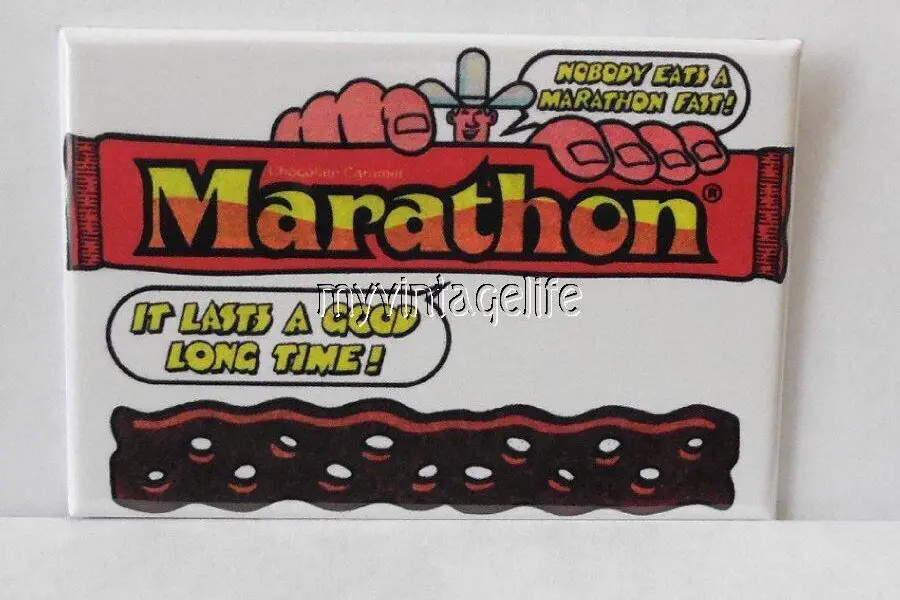
If you grew up in the ’70s or ’80s, you probably remember this one. The Marathon Bar was a long, braided strip of chocolate-covered caramel that stretched out to eight full inches. It came in a bright red wrapper with a ruler printed on it so kids could measure it and marvel at how much candy they were getting. Eating one was an adventure because the caramel was so chewy it seemed to last forever.
Sadly, Mars discontinued it in the early ’80s, claiming it was too expensive to produce. For years, fans begged the company to bring it back, but only limited editions or foreign versions popped up. It’s one of those candies people still talk about because it felt like such a treat. Just unwrapping it made you feel like you had won something special at the candy counter.
2. PB Max
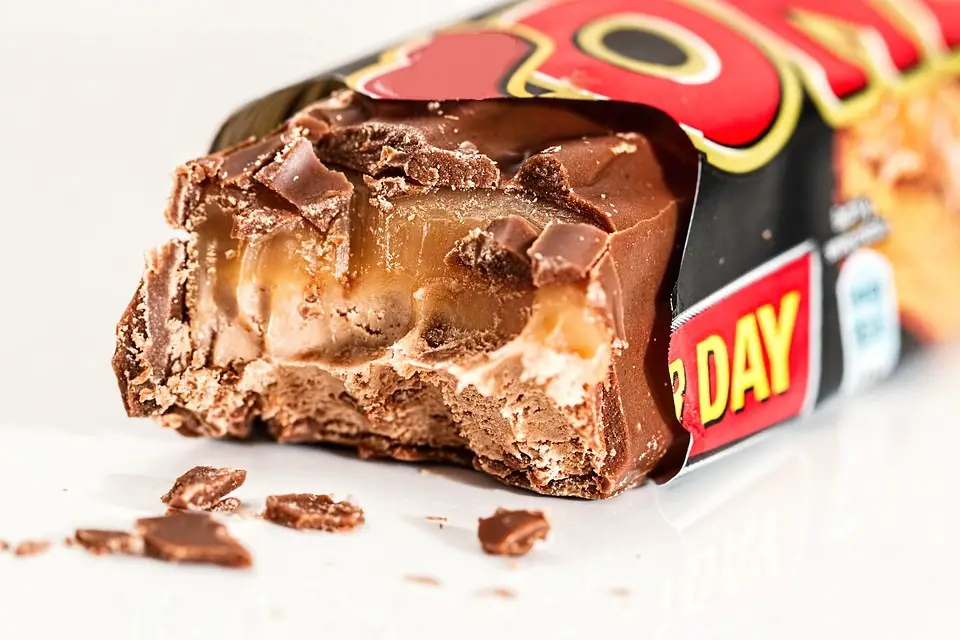
Before peanut butter cups ruled the shelves, there was PB Max. This candy bar had a thick layer of peanut butter on top of a whole grain cookie, all covered in milk chocolate. It was rich, crunchy, and satisfying in a way other candy bars weren’t. Launched in 1989, it seemed like it had everything going for it.
But surprisingly, it didn’t last long. Rumors swirled that the Mars family, who made the bar, just didn’t like peanut butter themselves and didn’t want to keep the product around. It vanished in the ’90s, leaving a hole in the hearts of peanut butter lovers everywhere. To this day, people online still post nostalgic pleas for its return.
3. Bonkers
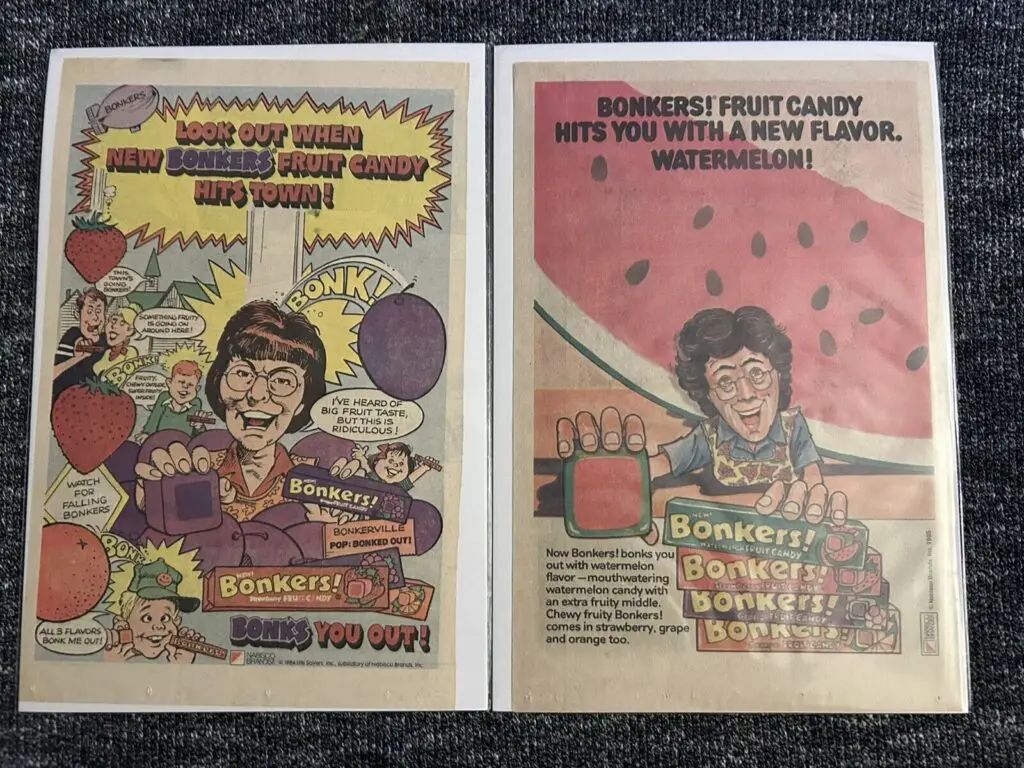
Bonkers were chewy fruit candies that looked a lot like Starburst, but they had a secret. Each piece had a bold fruity outer layer and a tangy filling in the center that exploded with flavor. The commercials were just as memorable, showing giant pieces of fruit literally falling from the sky onto people.
For a short while in the ’80s, Bonkers were everywhere. Then, just as suddenly, they disappeared. They briefly made a comeback attempt in the 2010s, but it didn’t stick. Those who remember them swear the commercials were just as good as the candy itself. If you got smacked by a giant watermelon in your imagination, you definitely remember Bonkers.
4. Reggie! Bar
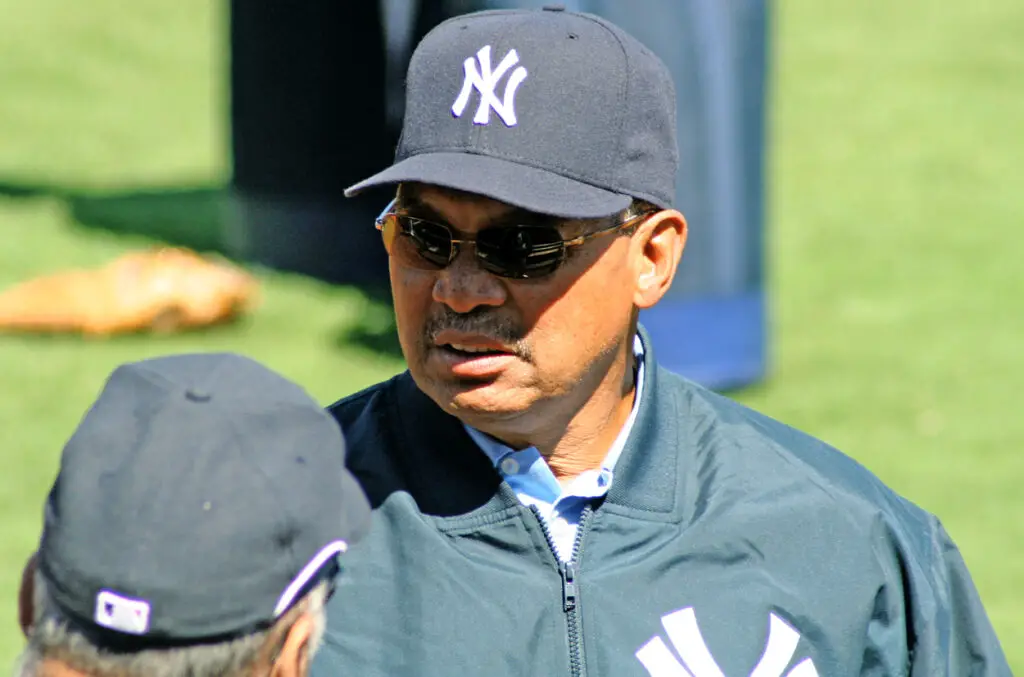
In 1978, baseball legend Reggie Jackson had his very own candy bar. The Reggie! Bar was a round patty of caramel, peanuts, and chocolate that was easy to unwrap and eat. At Yankee Stadium, fans even threw the bars onto the field when he hit a home run, turning it into a full-on candy shower.
The bar rode the wave of Reggie’s popularity, but like many novelty candies, it eventually faded away. Still, it became a cultural moment in its own right. If you were a baseball fan at the time, it wasn’t just candy, it was part of the game. Few candy brands had such a playful tie-in to sports history.
5. Seven Up Bar
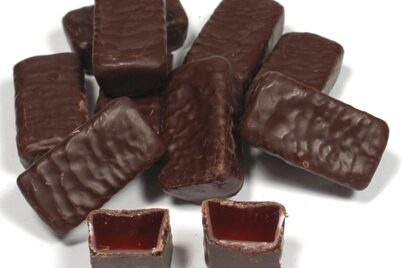
This was no ordinary candy bar. The Seven Up Bar, originally created in the 1930s and lasting until the ’70s, had seven different filled sections in one chocolate bar. Each square had a surprise inside, ranging from coconut to caramel to nougat. For kids, it was like getting a sampler box of chocolates all in one wrapper.
But that variety was also its downfall. Manufacturing so many flavors in one bar wasn’t easy, and some people loved certain sections while others went uneaten. By the 1970s, it was retired. Still, the uniqueness of it makes it one of the most memorable forgotten candies. It really was like seven treats in one.
6. BarNone
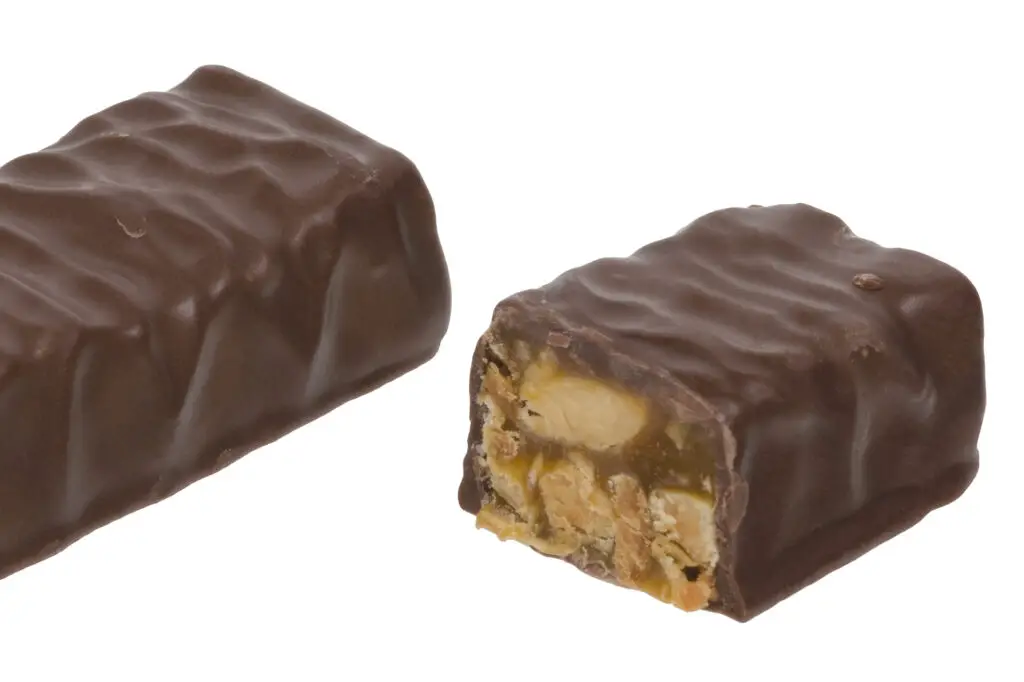
Introduced by Hershey in 1987, BarNone was marketed as the ultimate chocolate lover’s bar. It combined layers of chocolate wafers, chocolate cream, peanuts, and a rich milk chocolate coating. It was decadent, crunchy, and smooth all at once. Ads promised it would “tame the chocolate beasty” in you.
For a few years, it actually had a strong following. But by the mid-’90s, it was reformulated and eventually discontinued altogether. Fans still compare it to Kit Kats and Reese’s but insist nothing quite matched it. Some smaller companies have even tried to recreate it, but the original holds a special spot in candy history.
7. Slo Poke
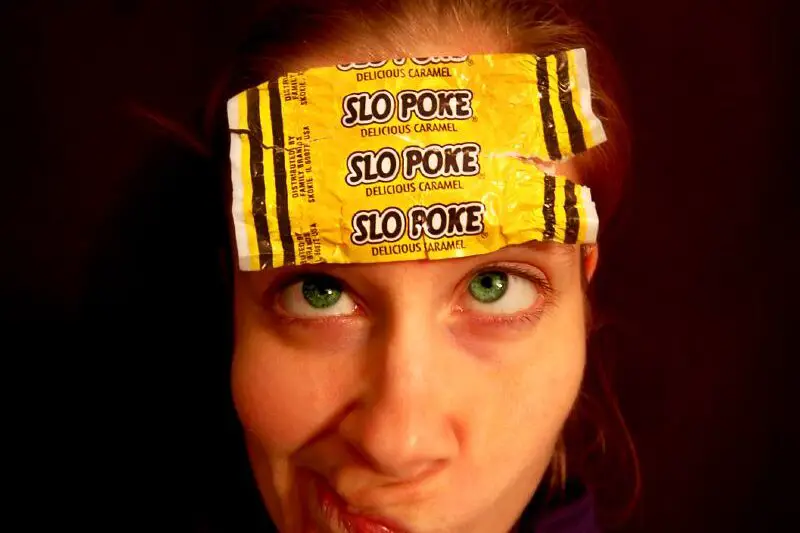
Slo Pokes were long, chewy caramel lollipops that lived up to their name. They lasted forever, forcing kids to sit with one for ages before finishing it. Some people loved the challenge, others hated how sticky they were. Either way, it was a candy you remembered.
They were first introduced in the 1920s and stuck around in various forms for decades. While they occasionally resurface in retro candy shops, they’re nowhere near as common as they once were. The nostalgia comes from that slow experience, when you couldn’t just scarf one down quickly. It was truly a candy that made you slow down.
8. Marathon Jelly Beans
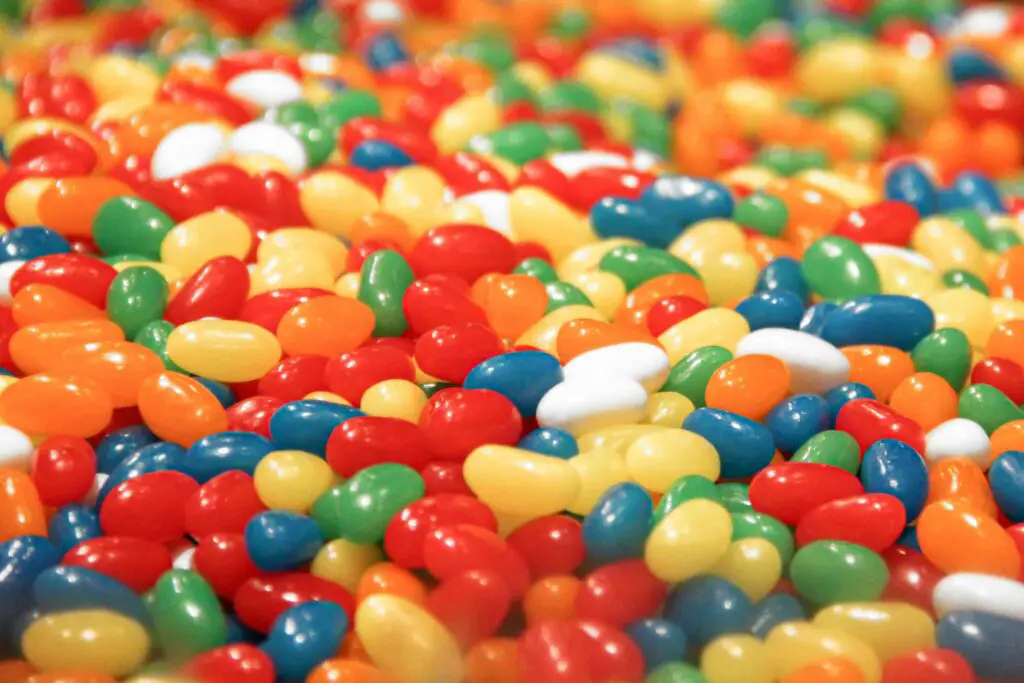
These weren’t just ordinary jelly beans, they were fruit-flavored candies released by Mars that carried the same Marathon branding as the famous bar. Their appeal came from the bright colors and sugary coating that made them stand out in the candy aisle. They were a seasonal favorite for kids who wanted something different.
But they didn’t stick around for long. The competition in the jelly bean market was fierce, with Jelly Belly taking over in the ’80s. By then, Marathon’s offshoots faded away completely. They’re mostly remembered as a sidekick to the more iconic Marathon Bar, but for a moment, they had their place in candy history.
9. Wig Wag
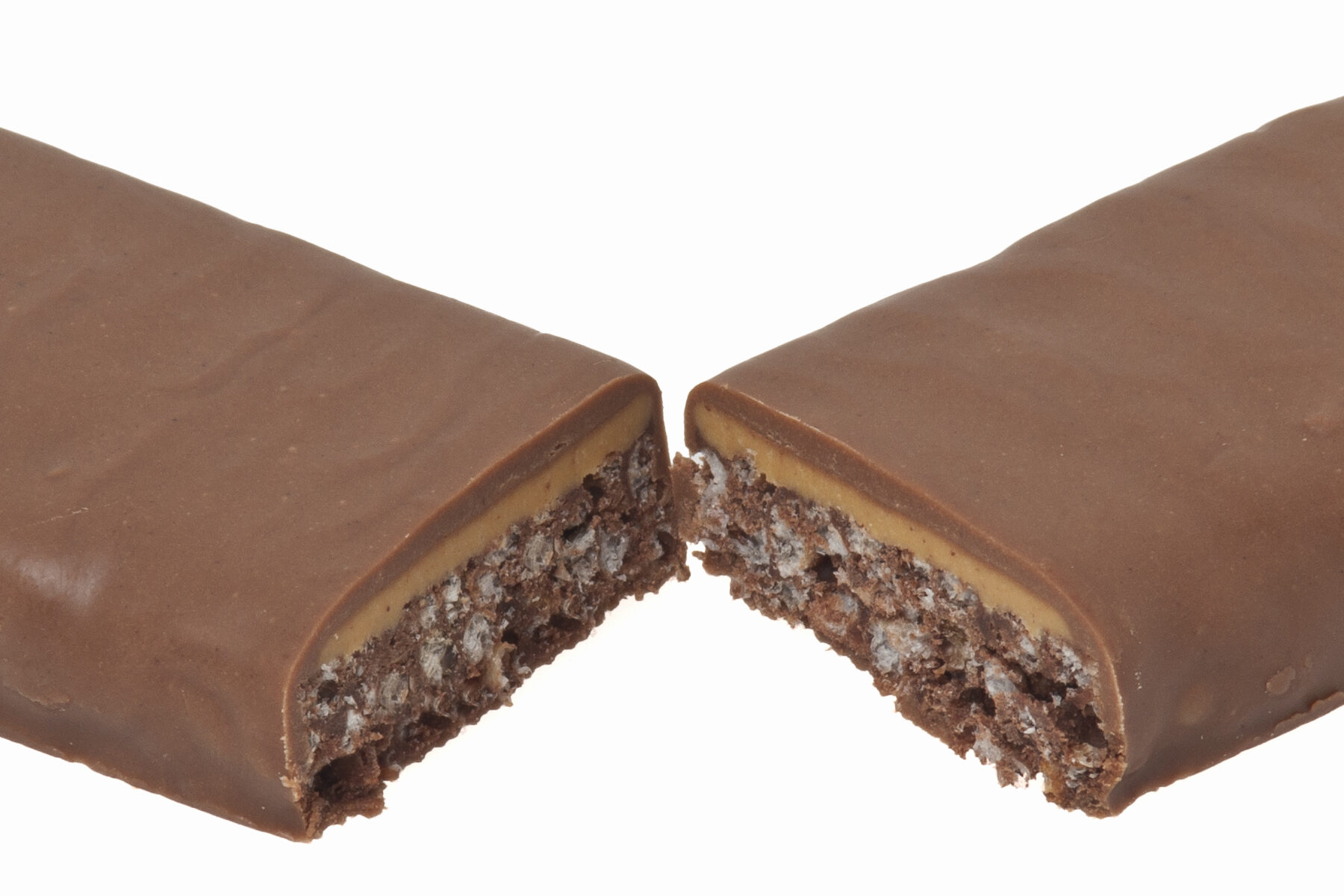
In Canada, Wig Wag was the candy equivalent of the Marathon Bar in the U.S. It had the same long, braided caramel covered in chocolate. For kids who grew up north of the border, it was a staple in lunch boxes and corner stores. The playful design made it feel special compared to regular bars.
It was eventually phased out in the early ’80s, just like the Marathon. The memory of its unique texture is what keeps people talking about it today. Some say the closest thing to it now is the Curly Wurly bar in the U.K., but Wig Wag had its own loyal fans. For Canadians, it was truly their own version of candy royalty.
10. Choco’Lite
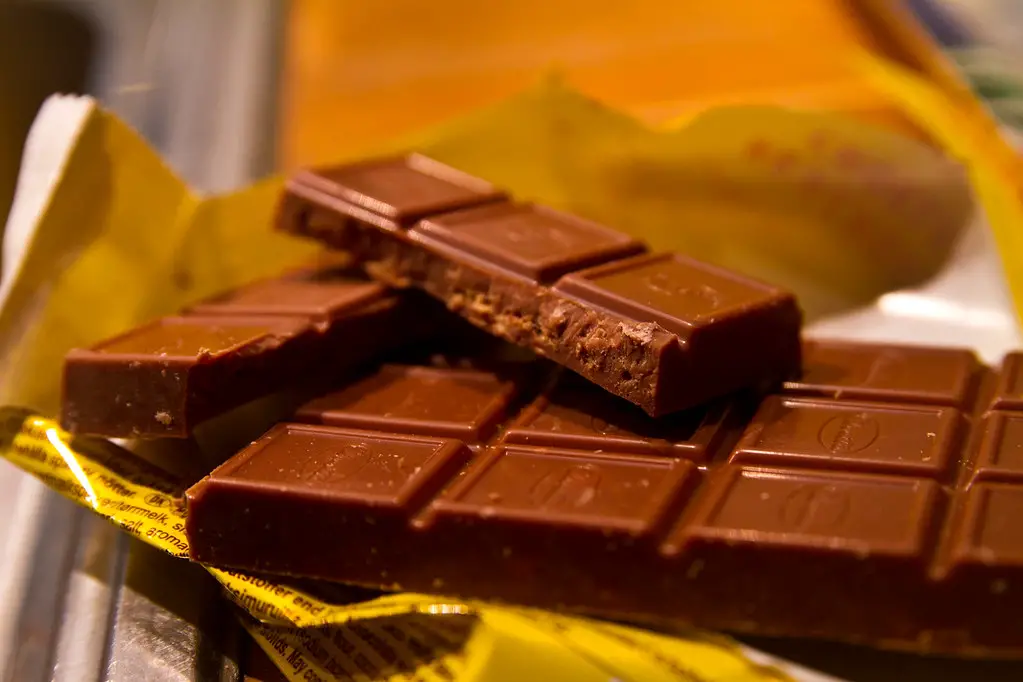
In the 1970s, Nestlé introduced Choco’Lite, a chocolate bar with a bubbly, aerated texture. When you bit into it, the inside was filled with tiny air pockets that made it feel light and crispy. Its purple wrapper and space-themed ads gave it a futuristic vibe that stood out on shelves.
It was part of the trend of aerated chocolate bars, but it never quite found the same success as others like Aero. By the early ’80s, it was gone from stores. Still, many people remember the novelty of that airy crunch. It was fun, unique, and had a catchy name that fit perfectly with the disco era.
11. PowerHouse
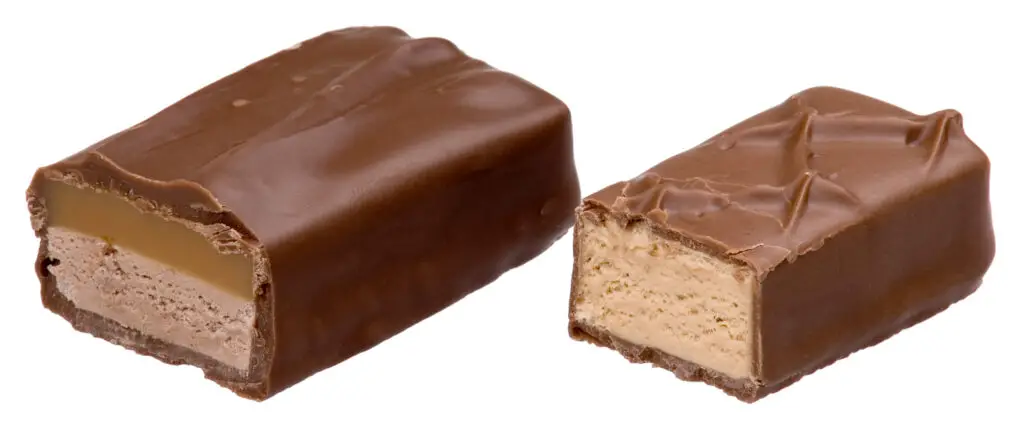
The PowerHouse bar was loaded with peanuts, caramel, fudge, and chocolate. It was marketed as a hearty candy that could satisfy a big appetite. For kids, it felt almost like a meal in a wrapper, the kind of bar you really had to work through. It was around for decades but peaked in popularity mid-century.
By the ’80s, though, it started disappearing from candy aisles. Competing candy bars with sleeker marketing and simpler flavors took over. Today, you’d be hard-pressed to find anyone under 40 who remembers it. But for those who do, it was the ultimate heavy-duty treat.
12. MilkShake Bar
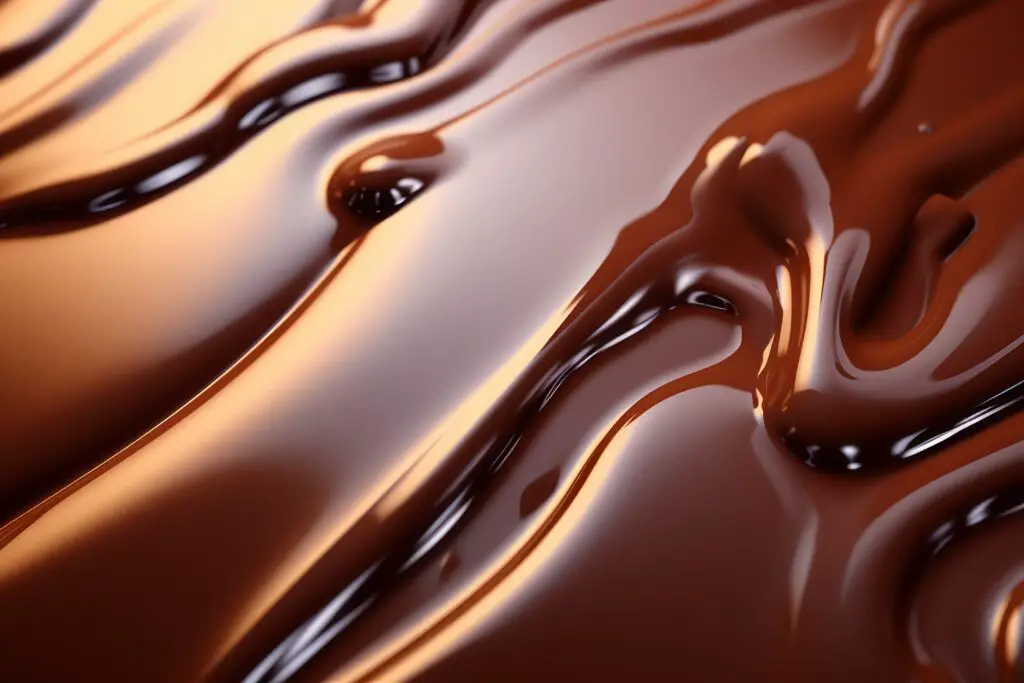
The MilkShake Bar was a chocolate treat with a nougat center that tasted creamy, almost like a milkshake in candy form. It wasn’t flashy, but it had a loyal fan base who loved its simple sweetness. It was especially popular in the ’60s and ’70s before vanishing quietly from stores.
The problem was that it didn’t stand out in a crowded candy market. With so many nougat-based bars already competing, MilkShake eventually lost its place. Still, it has a nostalgic charm for those who remember it. If you ever bit into one, you know why people still talk about it decades later.
